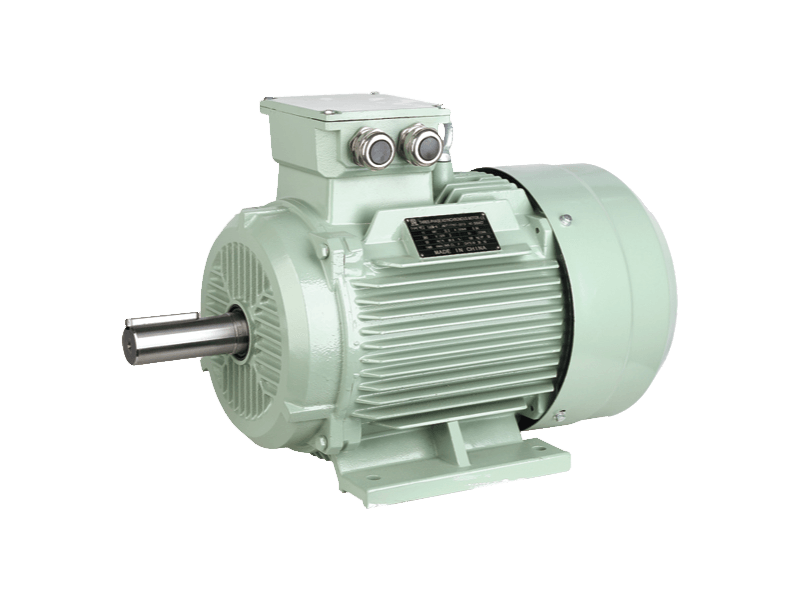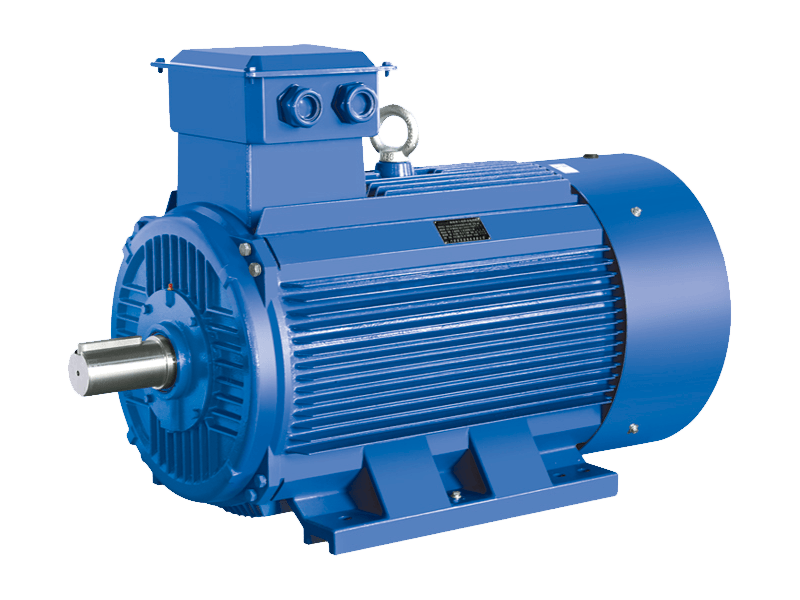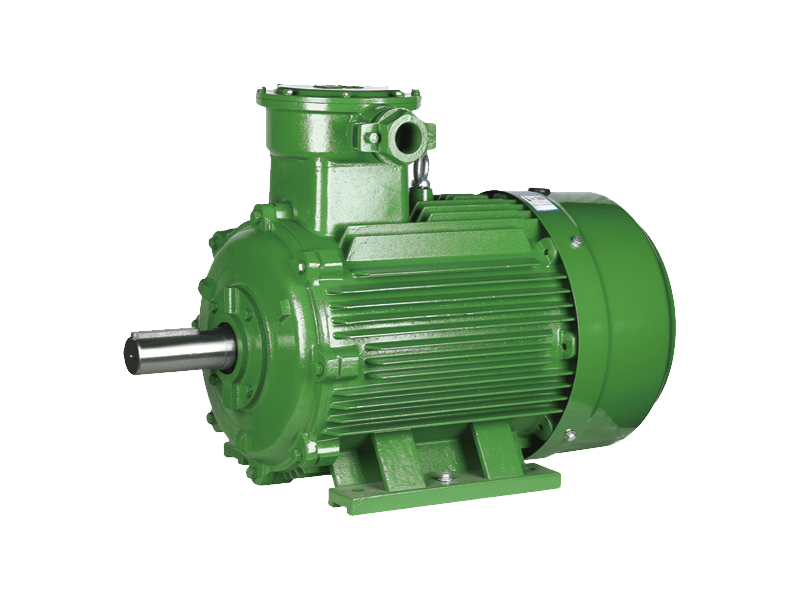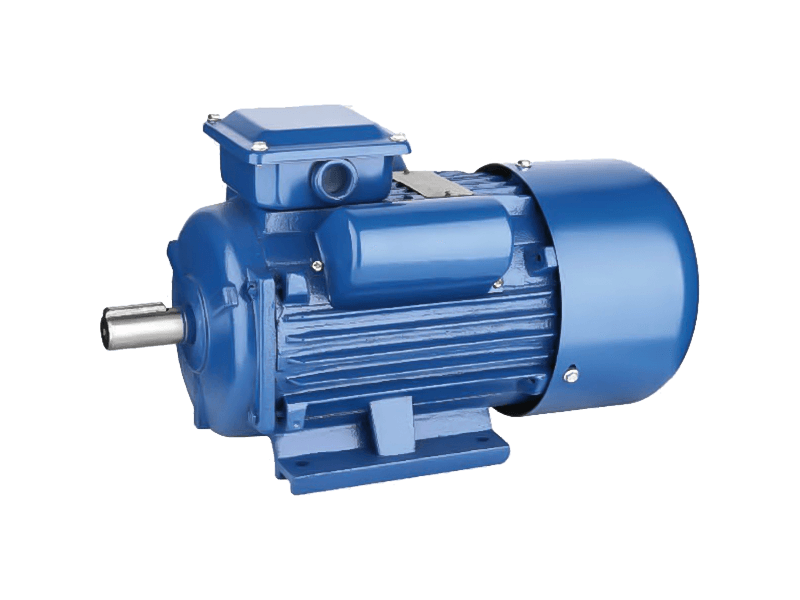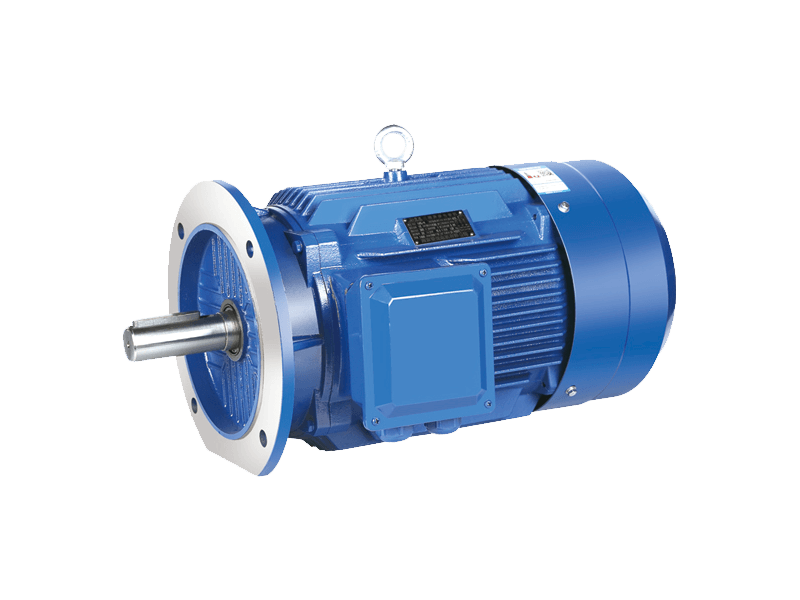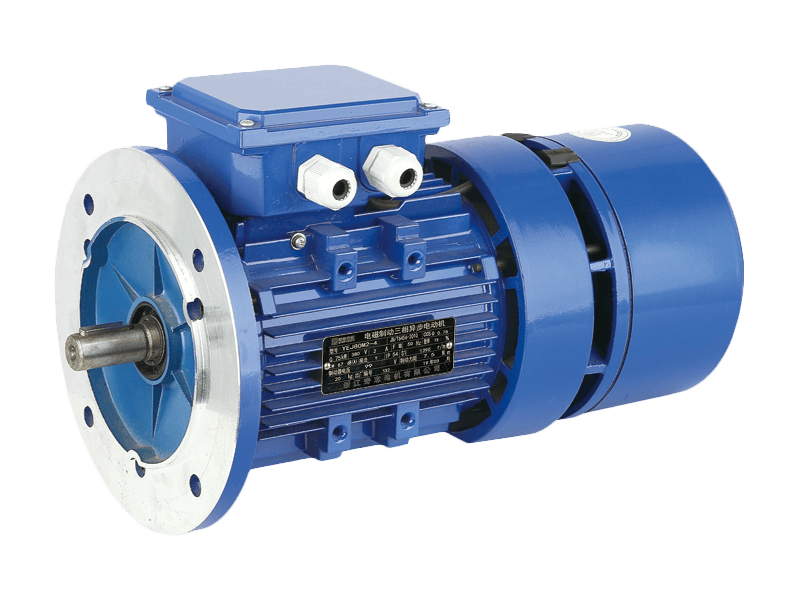A
fan motor is a power-driven machine used to move a volume of air. It consists of a motor, a fan housing and a rotating impeller. The type of fan, its rotational speed and the power it receives determines the volume of air it can move.
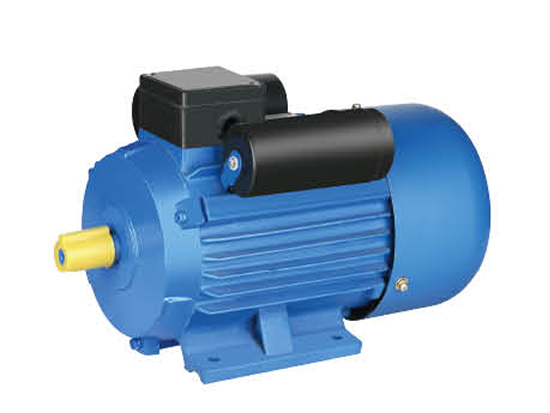
Overheating is an extremely serious problem for a fan motor. It can cause the motor to burn out and stop working completely. Overheating may also damage the motor bearings. In order to prevent overheating, it's important to keep the motor clean and free from debris and dust. It's also a good idea to use an external air cooling system if possible.
Fan blades are the parts of a fan that spin around to create an air flow. They are usually made of aluminum or other metals and come in many different shapes and sizes. The design of the blades and their materials help determine how much power a fan can generate. Some fans have internal fans for cooling purposes, which reduces noise and heat. The internal fan also allows the motor to operate at higher temperatures than other types of motors.
It isn't practical to test a fan at every possible speed and density, but a theoretical graph called "Fan Laws" can be used to predict its performance. It is based on the principle that pressure varies with the square of the airflow rate, and shows how the performance of the system will change as its operating point moves up or down the curve.
The condenser fan motor and blower fan motor are vital components in the operation of an air conditioner. The condenser fan motor is located outdoors, while the blower fan motor is inside the house. The role of the blower fan is to move the cool air from the condenser unit into the ductwork and into different rooms in the home. It's important to recognize the signs that a blower or condenser fan motor isn't functioning properly so you can have it fixed.
A fan motor is a device that uses an electric motor to rotate thin, rigid vanes to move air for purposes such as cooling or drying. It can also be used to generate an air current that carries away contaminants such as bacteria and viruses. A fan can be powered by electricity, battery power or by wind.
Fan motors are generally cooled with internal fans to avoid overheating. This method is less expensive and more reliable than using a traditional heat sink. It is also more effective in environments with poor airflow than using a conventional water cooling system.
A fan's motor can sometimes make unusual noises. If you hear buzzing or rattling, it's important to call in a professional to check the status of the unit. This could mean that there's a piece of debris caught in the fan or motor, which could require removal or more significant repair. It's not safe to try and remove this kind of debris yourself unless you have proper training and the right tools.


